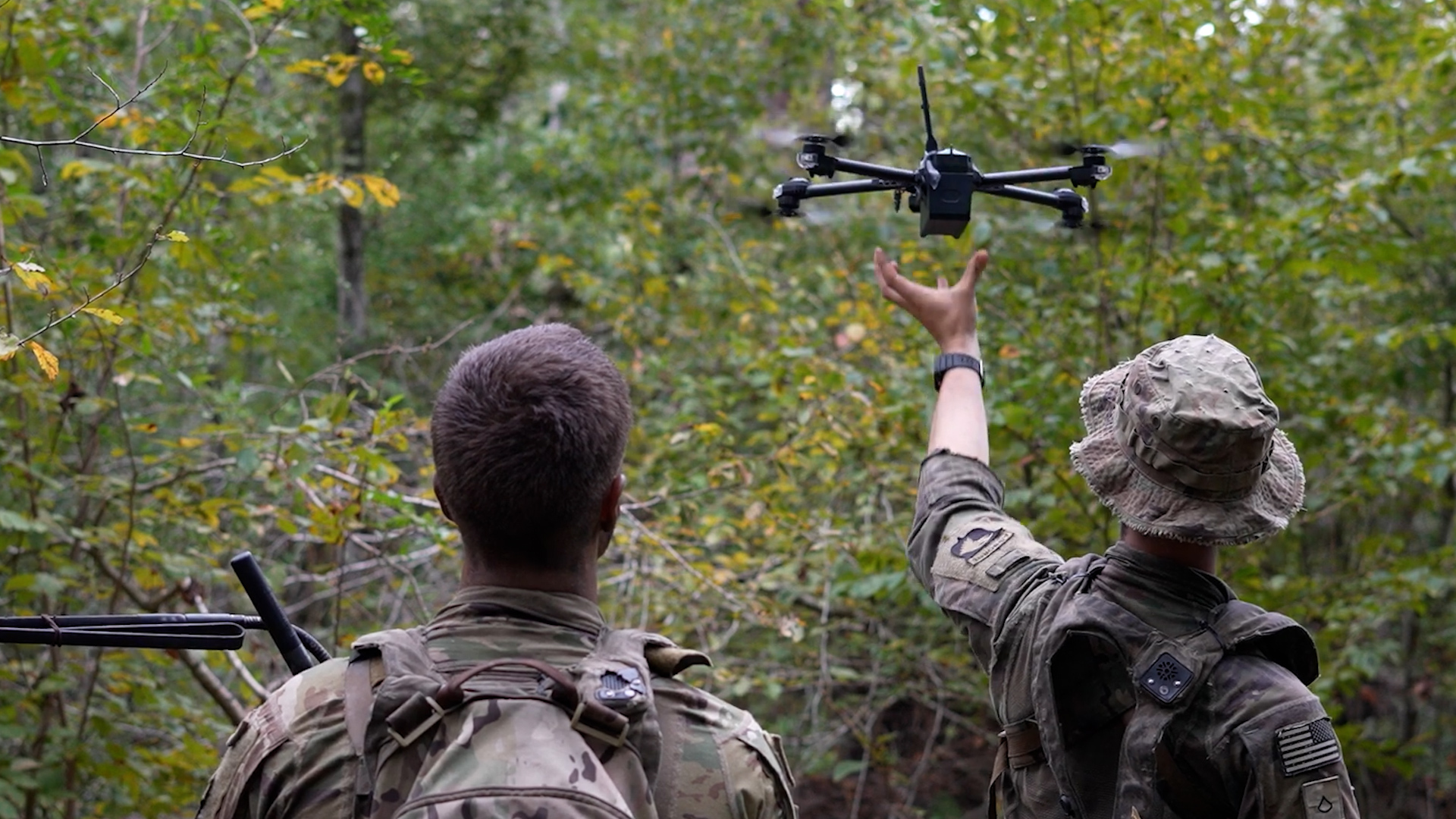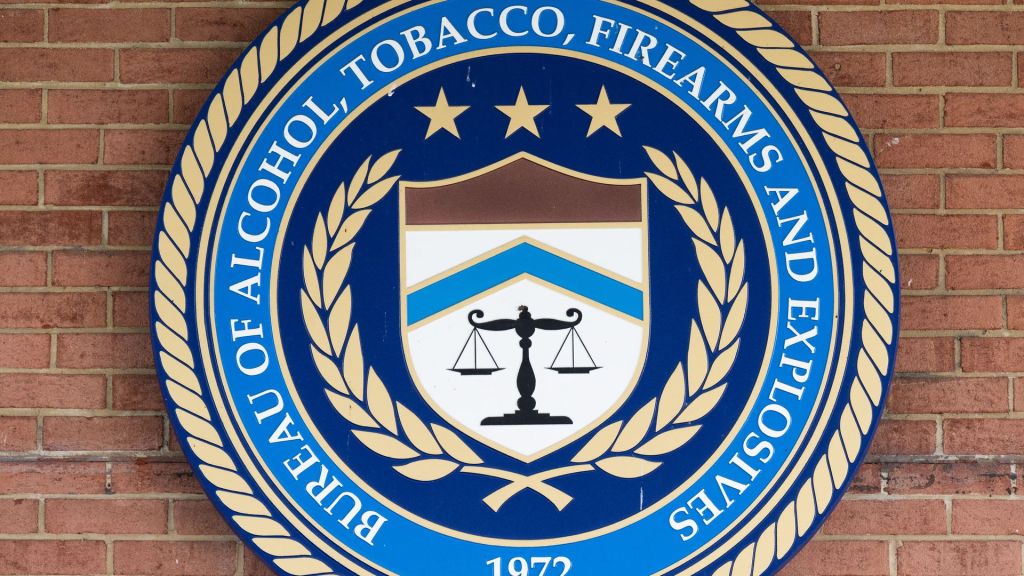
Ryan Robertson
NORMALLY IN OUR WEAPON OF THE WEEK WE TAKE A LOOK NEW HARDWARE. WE’VE COVERED EVERYTHING FROM DRONES TO TANKS TO AMPHIBIOUS COMBAT VEHICLES.
BUT TODAY WE’RE LOOKING AT A CONCEPT. SPECIFICALLY THE ARMY’S MULTI-FUNCTIONAL RECONNAISSANCE COMPANY, OR M-F-R-C.
EVEN THOUGH THE WAR IN UKRAINE IS STILL VERY MUCH AN ACTIVE CONFLICT, THE LESSONS BEING LEARNED ARE CHANGING THE WAY AMERICAN MILITARY LEADERSHIP VIEWS THE FUTURE OF COMBAT.
LIGHTER, MORE LETHAL UNITS, EQUIPPED WITH STATE-OF-THE-ART TECHNOLOGY, ARE SEEN AS THE WAY FORWARD. M-F-R-CS, LIKE THIS ONE WITH 101ST AIRBORNE DIVISION, ARE PART OF THE ARMY’S MOST SIGNIFICANT TRANSFORMATION IN MORE THAN 40 YEARS.
THIS ELITE RECON UNIT NOW HAS ACCESS TO DRONES, AND A HOST OF COMBAT READY TECH, ALL DESIGNED TO KEEP AN EYE ON THE ENEMY WHILE STAYING SAFELY CONCEALED.
Capt. Charles O’Hagan, Multi Functional Reconnaissance Company Commander
“We’ve been tasked with being painfully light and disproportionately lethal in order to sense kill and protect on behalf of the brigade.”
Ryan Robertson
IT’S A MARKED SHIFT FROM FOCUSING ON COUNTERTERRORISM OPERATIONS TO EQUIP UNITS TO DETER ENEMY FORCES AND TAKE ADVANTAGE OF CURRENT TECHNOLOGY AND WAR FIGHTING TRENDS.
AS CONSTRUCTED, A MULTI-FUNCTIONAL RECON COMPANY CONSISTS OF THREE “HUNTER KILLER” PLATOONS.
ONE TO HANDLE DRONES.
ANOTHER FOR ELECTRONIC WARFARE.
AND A THIRD TO HANDLE ROBOTICS AND AUTONOMOUS SYSTEMS.
OF COURSE ONCE AIRBORNE TROOPS ARE ON THE GROUND, THEY NEED A WAY TO GET WHERE THEY’RE GOING. ENTER THE ARMY’S INFANTRY SQUAD VEHICLE, ESSENTIALLY A STRIPPED DOWN VERSION OF THE CHEVY COLORADO. LIGHT ENOUGH TO NAVIGATE ROUGH TERRAIN, BUT BIG ENOUGH TO STORE ENOUGH SUPPLIES A SUSTAIN A RECON TEAM FOR SEVERAL DAYS.
ESTABLISHED IN MARCH, THE M-F-R-C HAS ALREADY TAKEN PART IN TWO LARGE SCALE FIELD TRAINING EXERCISES. THE FIRST AT FORT CAMPBELL, KENTUCKY IN APRIL. AND MOST RECENTLY AT FORT JOHNSON IN LOUISIANA.











